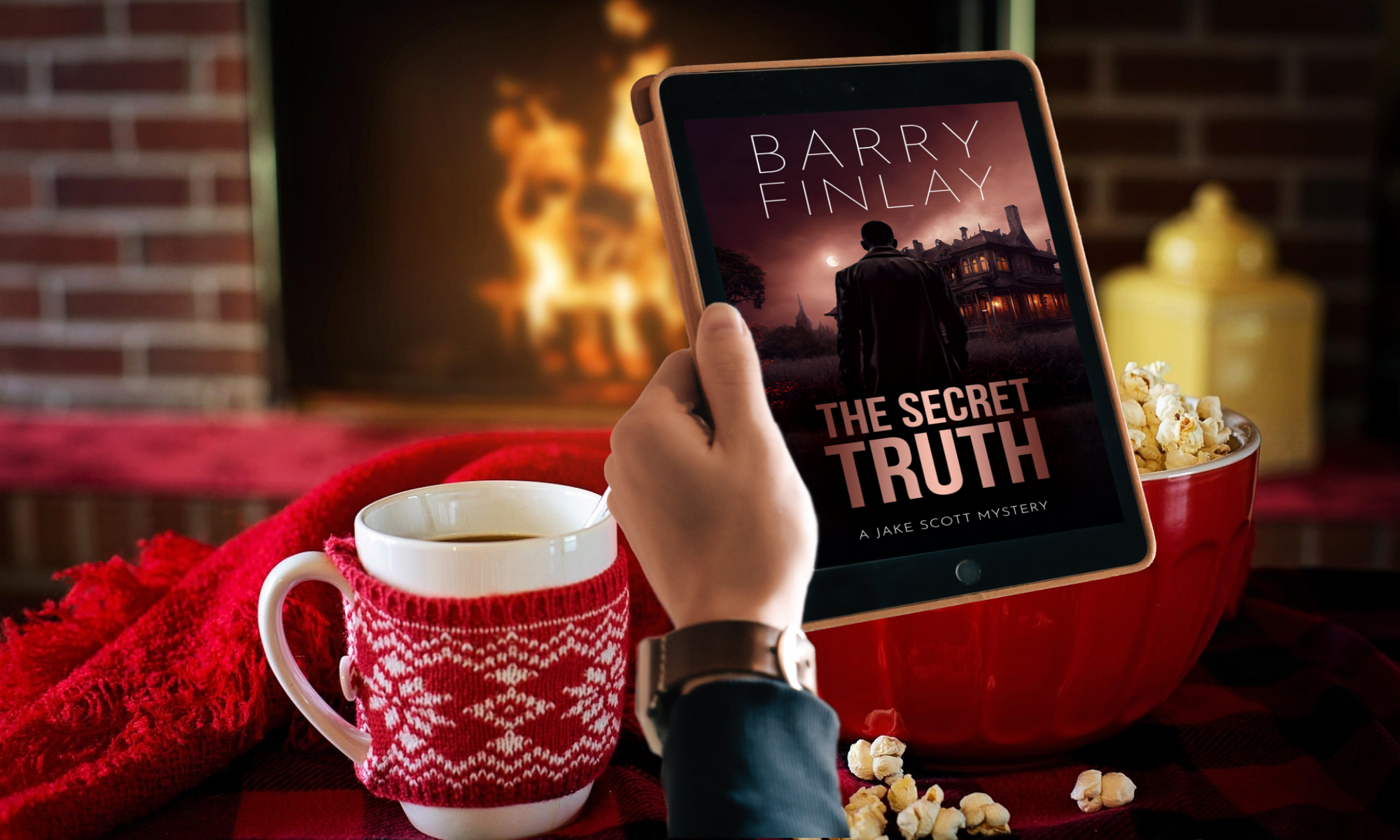My new book, Remote Access, which is scheduled for release this spring, is my 5th so I’ve been down the publishing road a few times. I thought I would share a few thoughts for those considering publishing a book or for others who just have some interest.
There are three options available: traditional, self publishing and a hybrid of the two. The best option depends on your writing goals. Is it a career? A hobby? No matter what it is, it’s every author’s dream to be traditionally published by a big publishing house, have their book promoted and sit back and watch as millions of dollars in royalties roll in. There are definitely benefits, such as widespread distribution, marketing and mainstream exposure and the credibility that comes with all that. There is also a downside.
Just be aware that it’s rare that a traditional publisher will publish an unknown author and it’s almost always preceded by finding an agent and more rejection letters than you can count. IF it does happen, the reality is that unless you are a big name author or your book is the best the publisher has ever laid eyes on, your work could languish near the bottom of the pile for a long time before it sees the light of day. The publisher may pay an advance, which comes out of your royalties, and the percentage of royalties you will receive on sales is markedly lower as a result (remember the publisher wants to make money from your book). Your book may not look the same either when it is published. You may be asked to make a number of changes before it goes to print.
The second option is self publishing. This is the easiest and quickest route to follow and the one that pays the most royalties. You need a good cover, a good book description, an editor and a quality book if you want people to keep buying. You are totally in control and because of that, you will spend a lot of time marketing your book. Your royalties are yours to keep. Marketing is a lot of work and you will lose all the benefits of traditional publishing.
A third option is hybrid publishing. With this option, you get some of the benefits of traditional publishing, including distribution and the publishing house brand on your book, which might help with mainstream promotion. You are still required to do much of the marketing. The author shares the upfront costs with the publisher (editing, cover design, formatting). The cost to the author may or may not be as significant as self publishing. The author’s share of royalties is somewhere between self publishing and traditional. The publisher wants to recoup their share of the upfront costs plus they want to make some money on sales.
My personal experience has been with all three options to a certain extent. I’ve followed my own advice and sent out a handful of queries to agents and got a handful of rejections from those who responded. My goals are different at this stage in my life so admittedly, I didn’t spend a lot of time on it. I published one of my books initially with a hybrid publisher and my experience was not the best. The value added by this particular publisher wasn’t apparent to me so I got my rights back and self published the book. Still, I found a hybrid publisher recently that came highly recommended and that seemed to have high quality standards. They accepted my manuscript and they spent a lot of time answering my questions. I think they would have been a good fit for me, but I was already down the road of self publishing Remote Access (the book was edited and formatting done) so the timing wasn’t right.
In the end, I have chosen the self publishing route for all my books. It fits my goals and I don’t mind the marketing aspect. For my thrillers, I’ve hired a marketing guru who has been pretty successful in promoting the e-books. I do book signings and my own promotion for my print copies.
My suggestion is to assess your goals and the pros and cons and choose the option that works best for you. At least go into it with your eyes open. I still believe authors owe it to themselves to try to find an agent to pursue their dream. You never know, you could have a bestseller on your hands. Check out Query Tracker as a first step to finding an agent. If the hybrid solution is best for you, make sure you pick one that will do what they say they are going to do. Do your due diligence. There are many vanity publishers who will publish anything for a price and do nothing for you. Avoid them! If you decide self publishing is best for you, be prepared to do your promotion and make sure your book is the best it can be.
No matter which route you choose, be proud of your published work.
